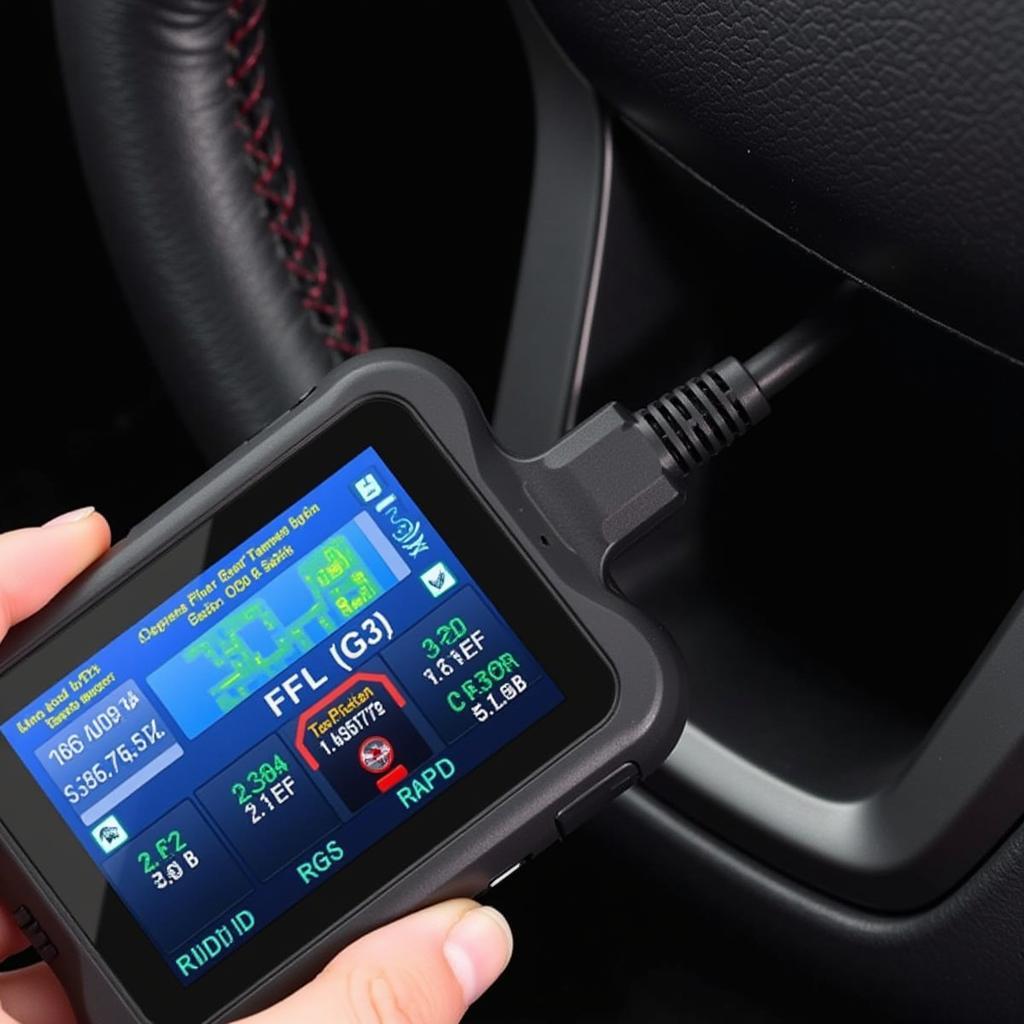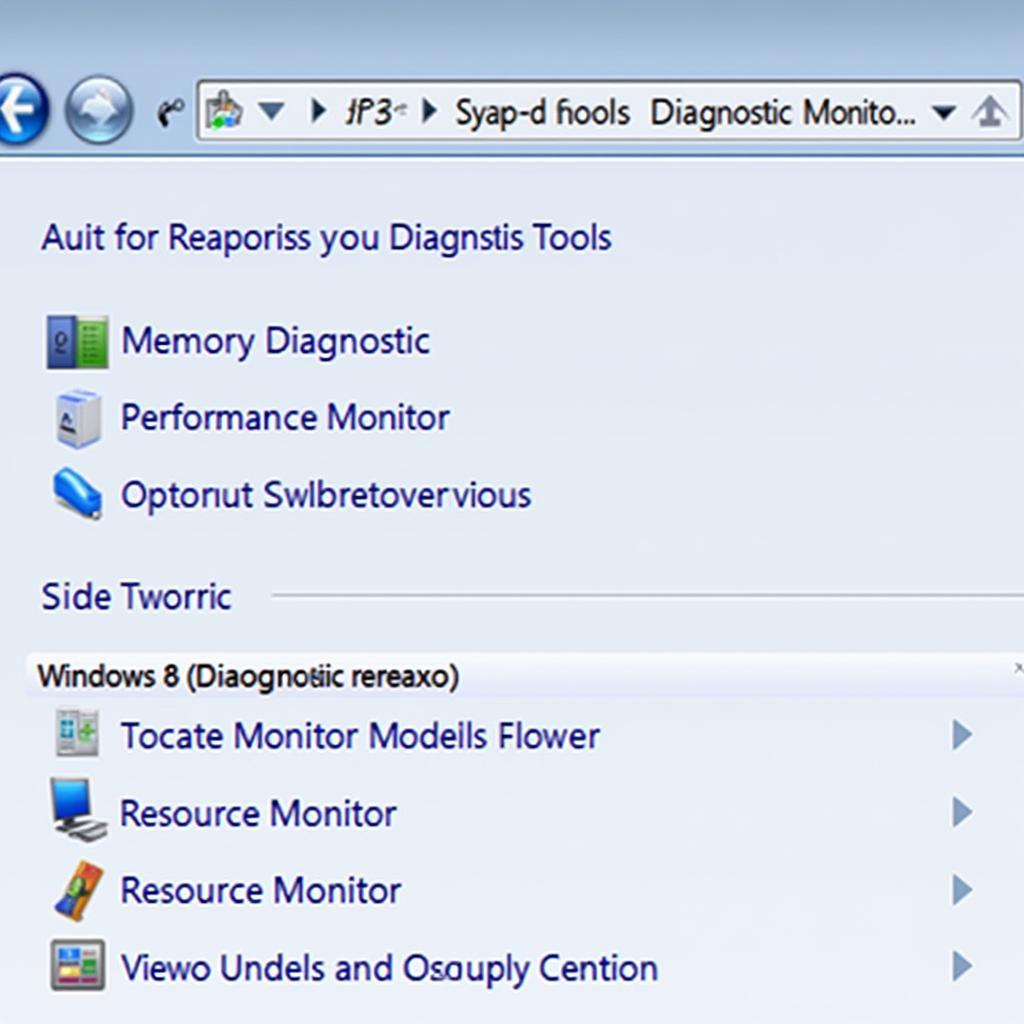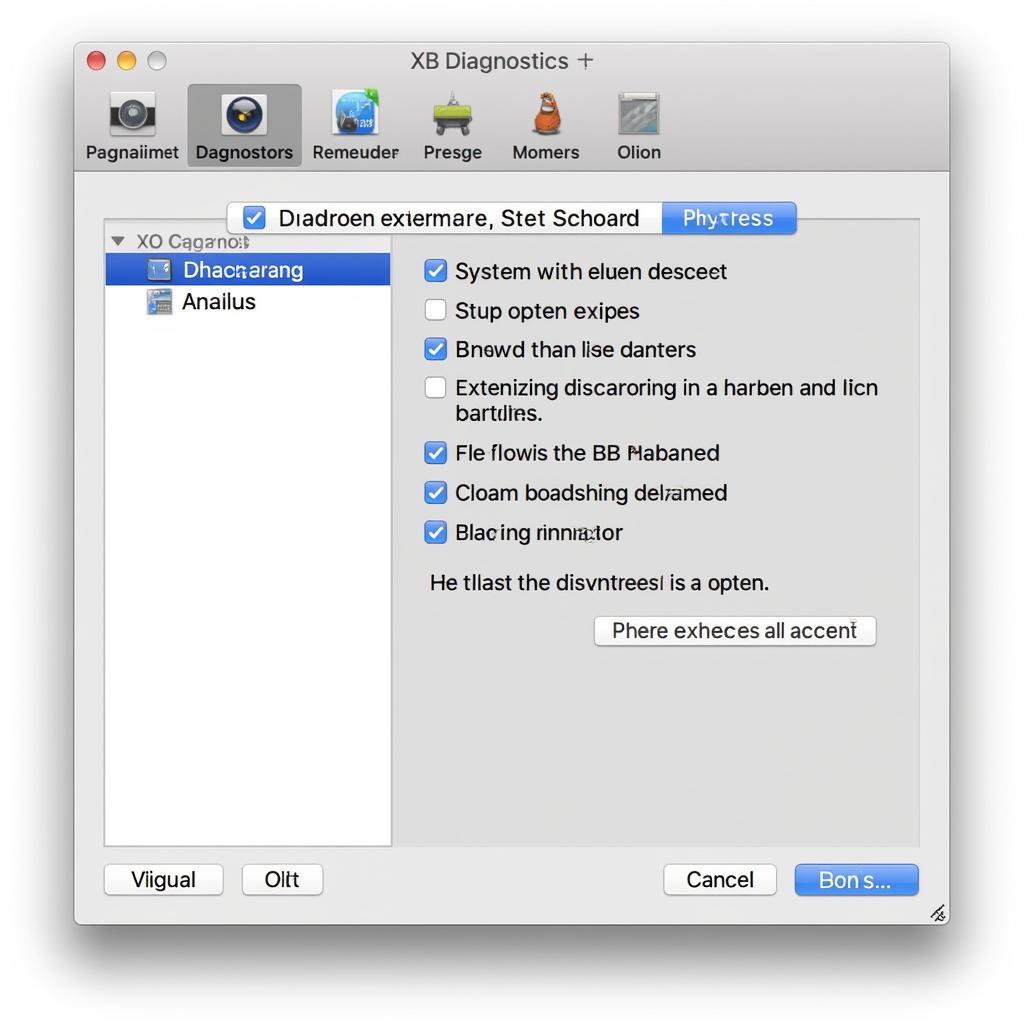Choosing the Best Automobile Diagnostic Tool can feel overwhelming with so many options available. Whether you’re a seasoned mechanic or a car enthusiast looking to troubleshoot your vehicle, having a reliable diagnostic tool is essential. This guide will walk you through everything you need to know about automobile diagnostic tools, helping you make an informed decision for your needs.
Understanding the Importance of Automobile Diagnostic Tools
Modern vehicles are complex machines controlled by intricate electronic systems. When a problem arises, pinpointing the root cause can be challenging without the right tools. This is where automobile diagnostic tools come in. They act as a window into your car’s computer system, retrieving valuable information about the engine, transmission, brakes, and other critical components.
These tools can read and interpret diagnostic trouble codes (DTCs) stored in your vehicle’s ECU (Engine Control Unit), providing insights into the potential causes of warning lights, performance issues, and other malfunctions.
Types of Automobile Diagnostic Tools
Choosing the right diagnostic tool depends on your specific needs and budget. Here are the most common types available:
1. Code Readers
Code readers are the most basic type of diagnostic tool. They can read and clear DTCs stored in your vehicle’s ECU. This is helpful for identifying the source of a warning light, such as the “check engine” light. However, code readers don’t provide much information beyond the code itself.
2. OBD-II Scanners
OBD-II scanners are more advanced than code readers, offering additional features like live data streaming, freeze frame data, and the ability to view vehicle identification numbers (VINs). They are more expensive than code readers but provide a more comprehensive diagnosis.
 OBD2 scanner displaying live data on a car's dashboard
OBD2 scanner displaying live data on a car's dashboard
3. Professional-Grade Scan Tools
Professional-grade scan tools are the most sophisticated and expensive type of diagnostic tool. They offer a wide range of advanced features, including bi-directional control, programming capabilities, and access to manufacturer-specific data. These tools are typically used by professional mechanics and automotive technicians.
Key Features to Consider
When choosing an automobile diagnostic tool, consider the following features:
- Vehicle Compatibility: Ensure the tool is compatible with your vehicle’s make, model, and year.
- DTC Reading and Clearing: The tool should be able to read and clear both generic and manufacturer-specific DTCs.
- Live Data Streaming: This feature allows you to view real-time data from various sensors, which is crucial for diagnosing intermittent problems.
- Freeze Frame Data: Freeze frame data captures a snapshot of the engine’s operating conditions at the time a DTC was set, aiding in troubleshooting.
- Bi-Directional Control: This advanced feature allows you to interact with and control various vehicle systems, such as turning components on and off for testing purposes.
- Software Updates: Regular software updates ensure the tool remains compatible with the latest vehicle models and technologies.
Benefits of Using Automobile Diagnostic Tools
- Save Time and Money: Quickly diagnose and fix problems yourself, avoiding costly trips to the mechanic.
- Improve Vehicle Performance: Identify and address minor issues before they become major problems, keeping your car running smoothly.
- Gain a Deeper Understanding of Your Vehicle: Familiarize yourself with your car’s systems and how they work.
- Enhanced Safety: Diagnose and fix safety-related issues promptly, ensuring your vehicle remains safe to drive.
Choosing the Right Tool for You
The best automobile diagnostic tool for you depends on your individual needs and expertise:
- DIY Enthusiasts: For basic troubleshooting and code reading, a code reader or an entry-level OBD-II scanner is sufficient.
- Home Mechanics: If you tackle more complex repairs, consider an OBD-II scanner with live data streaming and freeze frame data.
- Professional Mechanics: Invest in a professional-grade scan tool with bi-directional control, programming capabilities, and manufacturer-specific data access.
Tips for Using Automobile Diagnostic Tools
- Consult Your Vehicle’s Service Manual: Before using any diagnostic tool, familiarize yourself with your vehicle’s specific repair procedures and safety precautions outlined in the service manual.
- Understand the Limitations: Diagnostic tools are powerful, but they have limitations. They can point you in the right direction, but further investigation and mechanical knowledge may be required to fix the problem.
- Keep Software Updated: Regularly update your diagnostic tool’s software to ensure compatibility with the latest vehicle models and technologies.
Conclusion
Investing in the best automobile diagnostic tool can save you time, money, and frustration in the long run. By understanding the different types of tools available, their features, and your specific needs, you can make an informed decision that empowers you to take control of your vehicle’s maintenance and repairs.
Need help finding the right diagnostic tool? Contact ScanToolUS at +1 (641) 206-8880 or visit our office at 1615 S Laramie Ave, Cicero, IL 60804, USA. Our team of experts can guide you to the best solution for your needs.
 Mechanic using laptop with diagnostic software
Mechanic using laptop with diagnostic software
FAQs
1. Are automobile diagnostic tools universal?
While most vehicles manufactured after 1996 use the standardized OBD-II protocol, there are variations between makes and models. It’s crucial to choose a tool compatible with your specific vehicle.
2. Can I use a diagnostic tool to program my car keys?
Some professional-grade diagnostic tools offer key programming capabilities. However, it’s best to consult your vehicle’s service manual or a qualified locksmith for such tasks.
3. What is the difference between generic and manufacturer-specific DTCs?
Generic DTCs are standardized codes that apply to a wide range of vehicles, while manufacturer-specific DTCs are unique to a particular make or model.
4. Can I damage my car by using a diagnostic tool incorrectly?
While rare, it’s possible to cause damage if you use a diagnostic tool improperly, especially when using bi-directional control features. Always consult your vehicle’s service manual and exercise caution.
5. Where can I find reliable information about my car’s DTCs?
Online resources, automotive forums, and your vehicle’s service manual are excellent sources for interpreting DTCs.
6. How often should I use an automobile diagnostic tool?
It’s a good practice to scan your vehicle for DTCs periodically, even if you haven’t noticed any issues. This allows you to catch potential problems early on.
7. Can I use a diagnostic tool on other vehicles besides my own?
Yes, you can use a compatible diagnostic tool on other vehicles. However, keep in mind that certain functions, such as bi-directional control and programming, might be limited or require specific software.
This comprehensive guide provides a detailed overview of automobile diagnostic tools, empowering both car enthusiasts and professional mechanics to diagnose and resolve vehicle issues effectively. Remember, having the right diagnostic tool is like having a personal mechanic at your fingertips, allowing you to maintain your vehicle with confidence.


